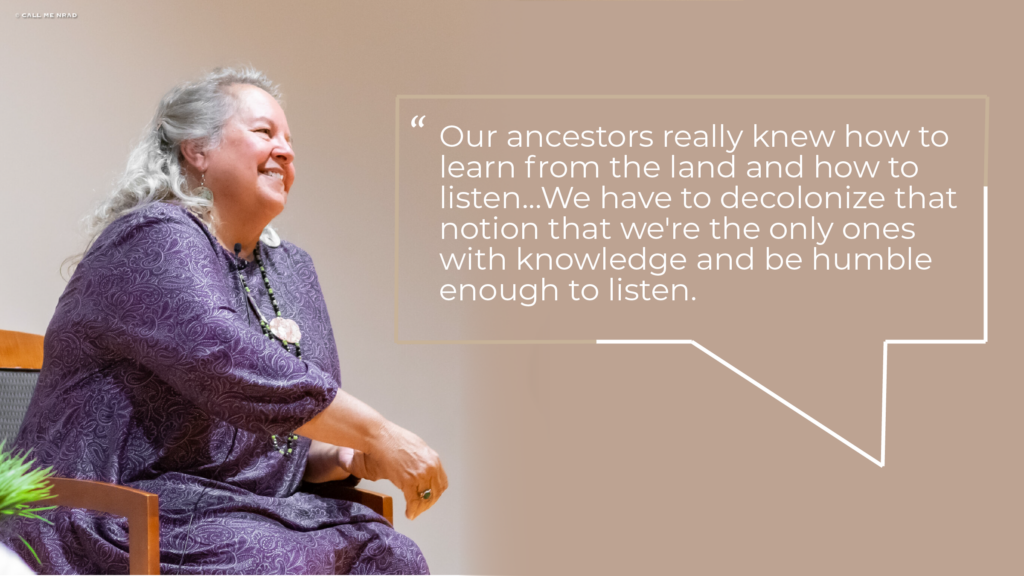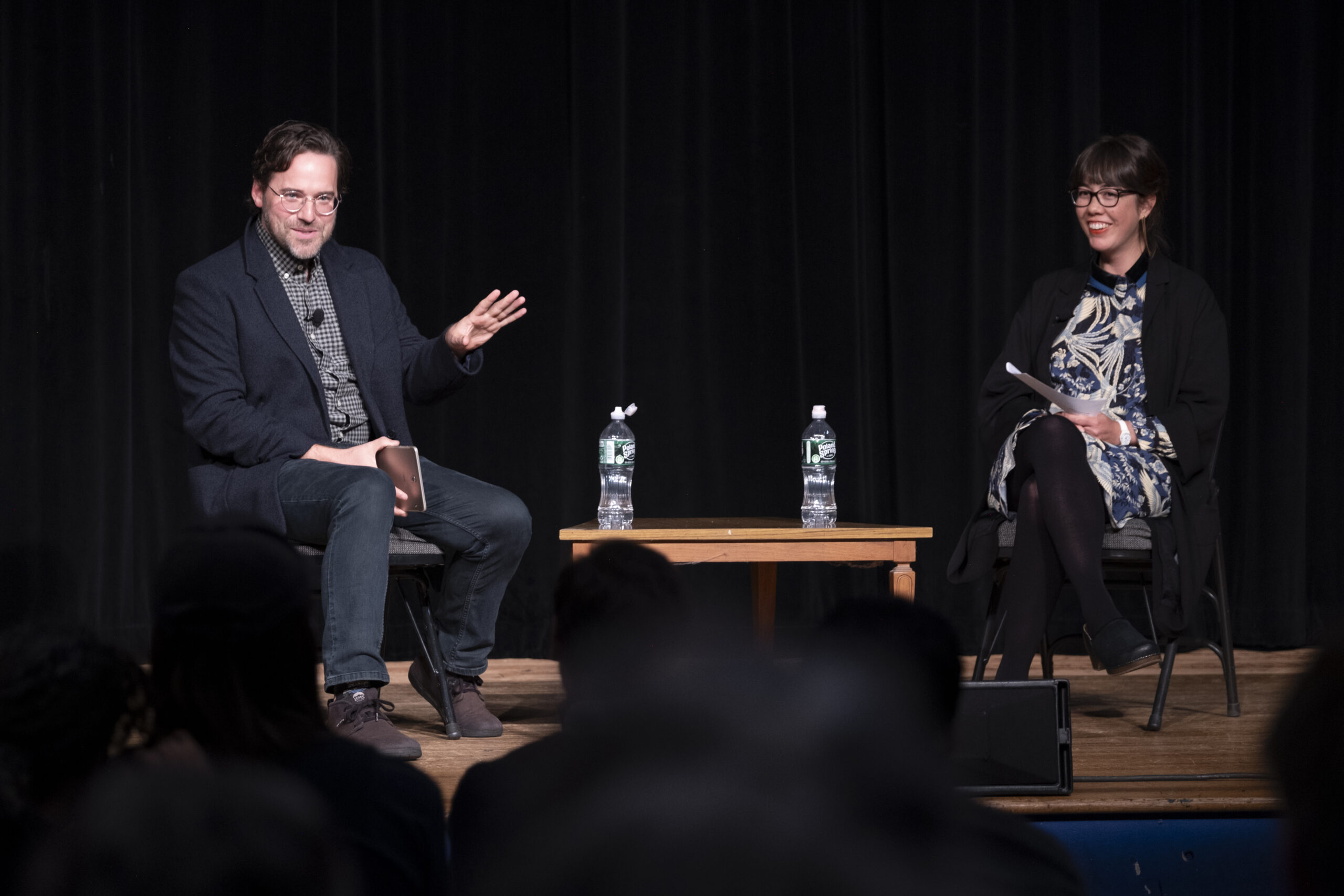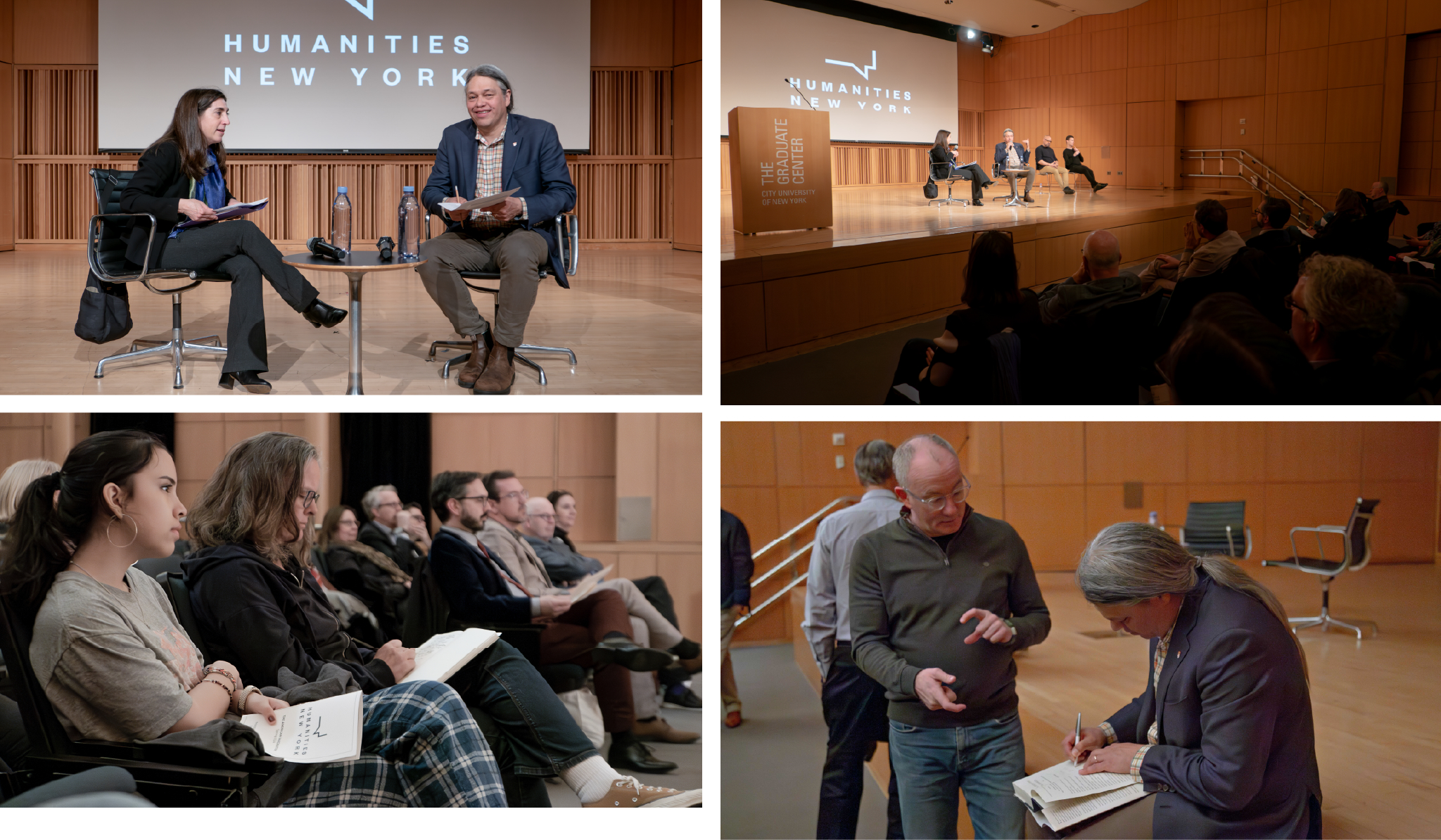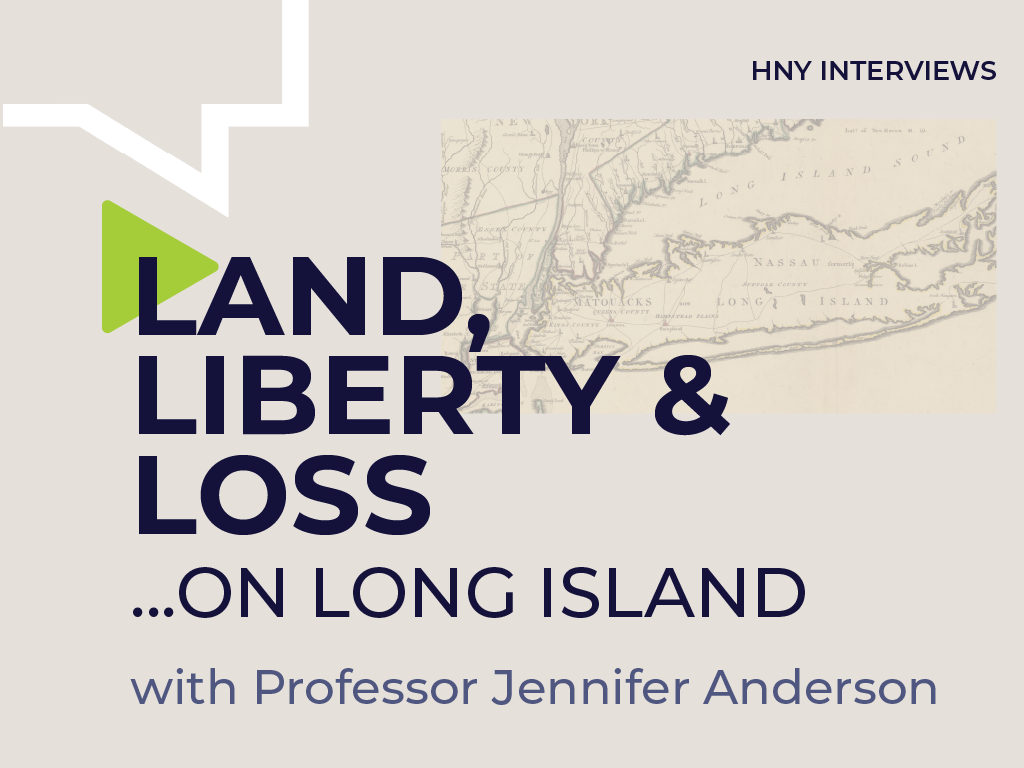“I love that this was introduced as a conversation about imagination,” Robin Wall Kimmerer said to fellow scientist and Indigenous activist Kelsey Leonard at the start of Humanities New York’s most recent American Imagination event. “One of the ways that Indigenous ways of knowing are most powerful is in reframing our worldview; reframing our understanding of our priorities and our guidance.”
In contrast to the downbeat timbre of most climate change discourse, Kimmerer and Leonard’s conversation rang with positivity, impressing the importance of keeping our eyes opened to possibility rather than probability, and our ears attuned to the lessons that nature offers freely.
Why is the present moment “an incredible time to be alive”? Where can Indigenous Knowledge and Western science nurture one another and thrive? How is environmental stewardship a conduit to improving our relationships with one another?
Watch the full conversation:



